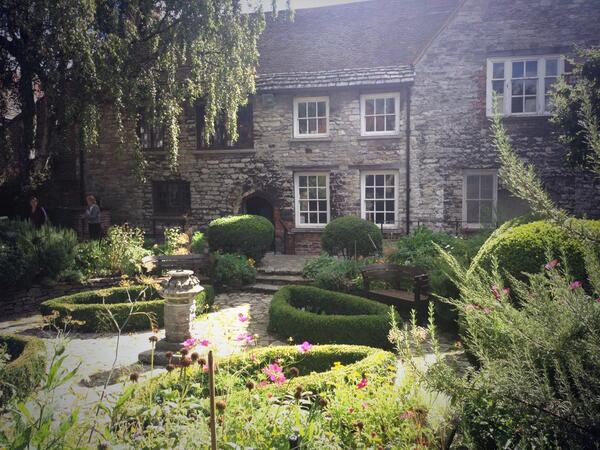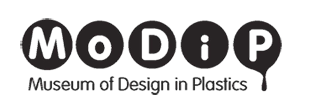Curatorial concerns
I was delighted to have the opportunity to talk about 10 Most Wanted at the Dorset Museums Association’s AGM. The event was held in the Upper Hall of Scalpen's Court Museum in Poole, itself a pleasure to visit: it is a gem of domestic mediaeval architecture, complete with Tudor herb and physic garden.

10 Most Wanted was one of four externally funded projects being undertaken in Dorset that were discussed. The others addressed such diverse subjects as Thomas Hardy's Memorial Archives, which are registered with the Unesco Memory of the World Programme; the local flax industry, including growing and harvesting flax of which we were able to handle samples; and the joys and tribulations of introducing digital resources at Shaftesbury Abbey. The presentations were varied in subject matter and mode of delivery. They complemented each other well: what amazing things are going on in the South West.
I explained the context and aims of 10 Most Wanted but focused especially on curatorial issues. We discussed in particular its potential to:
- provide new ways of entry to and engagement with museum collections.
- attract different (currently uninvolved) audiences to engage with museums / collections / heritage.
- relate to different categories of museum objects.
- source different types of facts relating to heritage items.
- enable the public to become the expert in fields traditionally that of the curator.
We also aired:
- the snares inherent in online research (and even in traditionally printed evidence).
- how we authenticate information.
- intellectual property issues.
- the importance of crediting sources of information, especially the contribution of the named but as far as the museum is concerned, unknown individuals.
- what the use of social media contributes but also how and why not everyone wants to use it.
- the reasons for and importance of transferring key information into a domain over which the museum has control.
- the importance of curators themselves being able to manage / update / correct information on their museum websites.
- how to differentiate the voices of the curators from that of 10 Most Wanted players
I was pleased with how the project was received. I had expected it to be met with considerable scepticism and for people to feel uneasy about apparently relinquishing aspects of curatorial control. Instead those present welcomed the public's closer interaction with the collection and were cautiously positive about the avenues in curation that it potentially opens up.


 #10
#10 #10;</body></html>" />
#10;</body></html>" />

